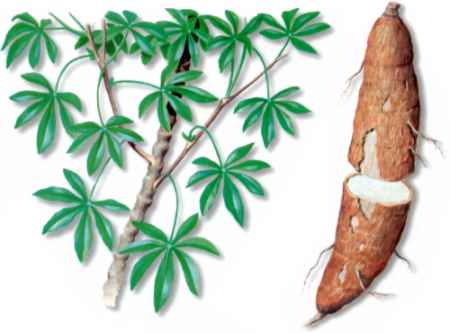I am quite experienced with panaques by now and I have saved quite a few from death by starvaton. But my new 20 cm L330 refuse to gain weight, I have tried a lot of greens (potatoes, squash, peas, carrots etc etc) and filled them with algae wafers. But still it continues to lose weight. Of course it has a variety of woods to choose from ('malaysian hardwood', lianas, oak twigs and some soft old wooden ex-christmas decoration that my other panaques really love

).
It's really hungry and seeks out any food I add to the tank. So my question is simple, I want to try offering the stems of what we call Yucca Palms (they were a 80s phenomenon ,but they still sell them

). It is the closest thing I come to finding palm stems here. It might be any species of Yucca, probably Y. elephantipes or a it may actually be a Dracaena species. I'm not very good at botanics. There should be a plantbase, like fishbase.
Anyway, does anyone have any objections/thoughts to why it might not be a good idea? Like, does anyone know if they are poisnous?
I am slightly squiffy so I hope this makes sense.
FB







